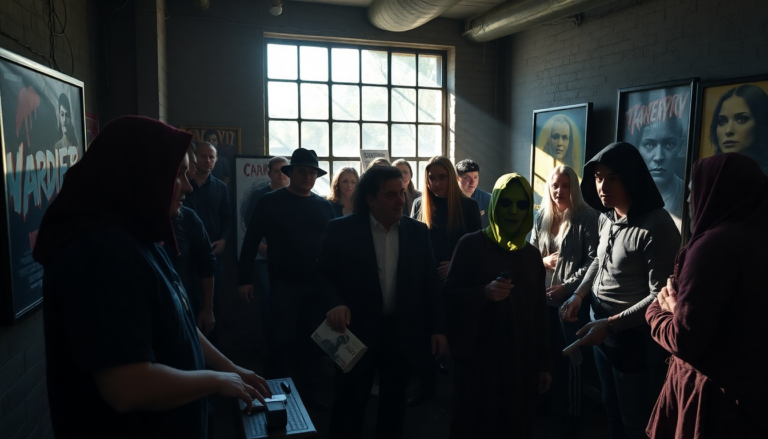Argomenti trattati
What defines hardcore horror fandom?
Hardcore horror fans often embrace a unique subculture that thrives on the thrill of fear and the grotesque. Unlike mainstream horror enthusiasts who may enjoy elevated horror films, those in the hardcore camp revel in what many consider the ‘grindhouse’ or ‘slasher’ genres. This fascination extends beyond simple enjoyment; it creates a community where shared experiences of fear and shock foster a sense of belonging. Yet, one must wonder: what does this obsession say about their perspectives on culture and morality?
The appeal of the grotesque
The allure of hardcore horror films lies in their ability to push boundaries. These films often challenge societal norms, portraying violence and terror in ways that provoke strong emotional responses. Fans are drawn to the visceral experience these films provide, often seeking out the most disturbing content imaginable. They appreciate not just the scares, but the artistry involved in crafting such unsettling narratives. However, this continuous search for the next shocking film raises questions about the implications of their viewing habits.
Comparing horror fans to historical atrocities
While it may seem extreme to draw parallels between horror fandom and historical atrocities such as those committed by Pol Pot and the Khmer Rouge, the metaphor serves to highlight a disturbing trend. Just as the Khmer Rouge’s actions shocked the world, the fanaticism of hardcore horror fans can evoke a similar unease. Their enjoyment of graphic violence and horror narratives often detaches them from the real-world consequences of such actions. This psychological distance can lead to a desensitization to violence, raising ethical concerns about their entertainment choices.
The camaraderie of horror fandom
Despite the darker implications, there exists a strong sense of community among hardcore horror fans. Conventions and film festivals provide spaces for fans to connect, share their love for the genre, and celebrate the art of horror. Within these gatherings, fans are free to express their passion without fear of judgment. However, this camaraderie can also amplify the more troubling aspects of the culture, as fans may feel encouraged to delve deeper into increasingly graphic and disturbing content.
Platforms like TikTok and Instagram have amplified the voices of horror fans, allowing them to share their opinions and recommendations with a wider audience. While this democratization of content sharing has its perks, it also means that extreme viewpoints can gain traction. Videos showcasing the most extreme horror films can go viral, further normalizing graphic content. The potential for young and impressionable viewers to be influenced by these trends raises concerns about the mental health implications of consuming such content.
Balancing appreciation and responsibility
As the horror genre evolves, so too must the conversations surrounding it. Fans can appreciate the artistry of horror films while recognizing the importance of ethical consumption. Engaging in discussions about the impact of violent media can foster a more responsible fandom that celebrates creativity without glorifying violence. By promoting critical thinking and open dialogue, the horror community can work toward a healthier relationship with their beloved genre.
The future of horror fandom
As we look toward the future, the evolution of horror fandom will likely continue to reflect broader societal themes. The genre has always served as a mirror to cultural anxieties, making it essential for fans to engage thoughtfully with the content they consume. By fostering a culture of awareness and responsibility, hardcore horror fans can still enjoy their passion while contributing positively to the discourse around horror and its implications in society.

